7 Cut-and-Come-Again Flowers To Grow In Your Garden
Grow your own gorgeous cut flowers that you can harvest throughout the season. This pick of generous blooms will keep your vases occupied all summer long.
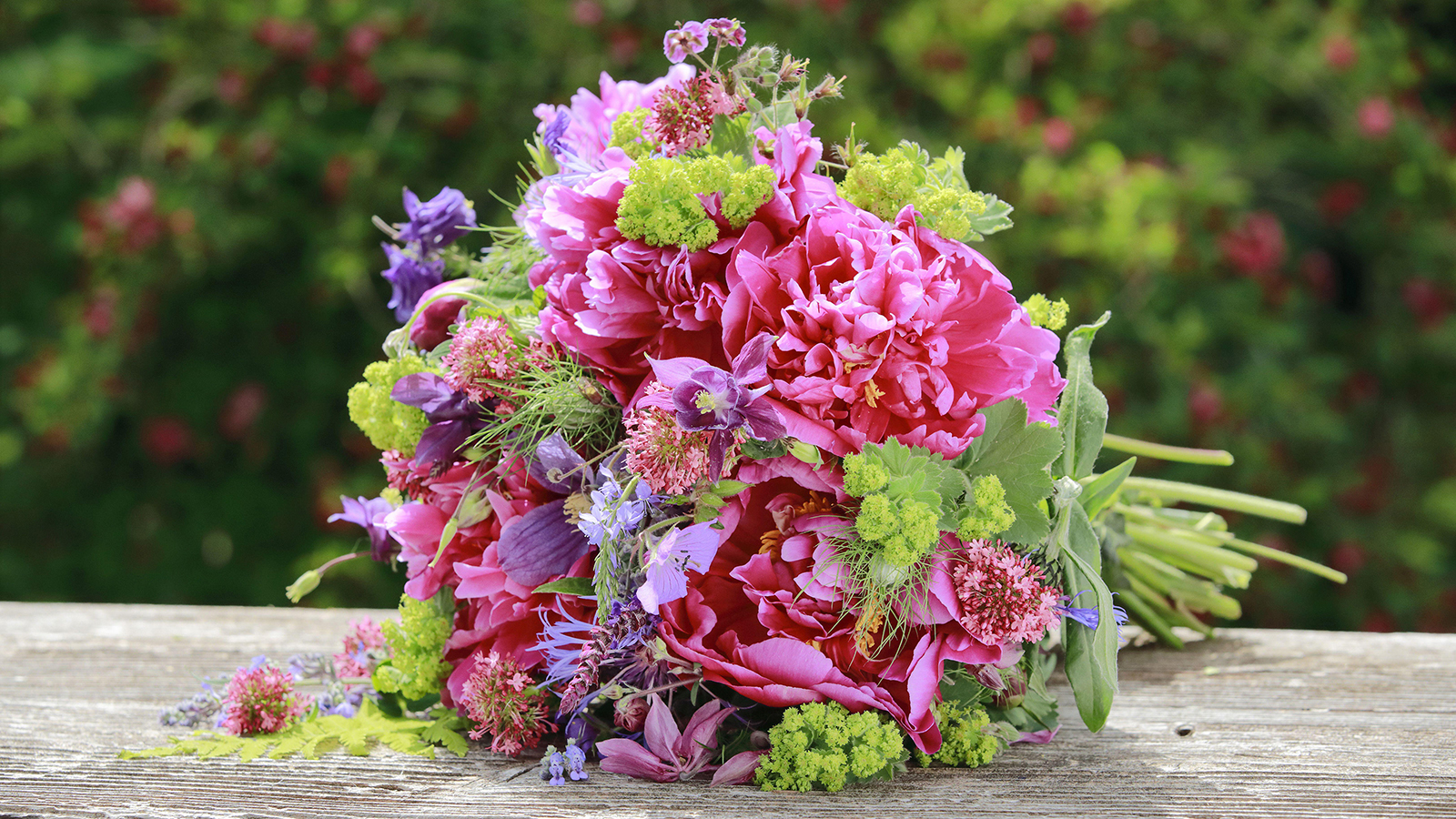
Almost everyone likes to receive a beautiful bouquet of cut flowers, but their high cost makes the gift a rarity. What if you could cut your own posies not just once, but multiple times throughout the growing season?
Growing a cutting garden is a delight on many levels. Not only does it perk up an otherwise drab landscape, but the riotous colors and aromas are natural pollinator attractors, benefiting your entire garden.
You will find the same stock of familiar flower varieties at the florist, but by choosing your own cutting garden plants, you can opt for more unusual cut flowers.
The most efficient, least expensive, and long-lasting cut flowers are usually perennials. Returning year after year, perennials give you more bang for your buck.
When harvesting cut flowers, use sharp, sterilized gardening shears to avoid spreading disease. Cut them in the morning, when temperatures are cooler.
Our pick of cut-and-come-again flowers are suitable for gardens both big and small.
1. Coneflower

Coneflower – or echinacea – is a member of the daisy family. Mimicking the cheerful look of daisies, coneflower blooms throughout the summer and into early fall in a variety of hues, from hot pink to salmon to chartreuse.
Gardening tips, videos, info and more delivered right to your inbox!
Sign up for the Gardening Know How newsletter today and receive a free copy of our e-book "How to Grow Delicious Tomatoes".
Native to the eastern and central portions of North America, coneflowers should be planted in full sun in well-draining soil. Pretty yet tough, coneflower requires little maintenance once established. Hardy to USDA zones 3 to 9, these lovely perennials continue to flower until the first frost.
The spiny cone-shaped center of the attractive blooms gives rise to its genus name, echinos – Greek for hedgehog.
The flowers are a massive draw for butterflies and bees. When the plant is finished blooming, leave the seed heads for additional visual interest that will also attract songbirds like goldfinches.
Lastly, echinacea is said to have some health benefits; specifically, it is used to boost immune function, but other studies indicate it may reduce inflammation and have antioxidant effects.
2. Peony
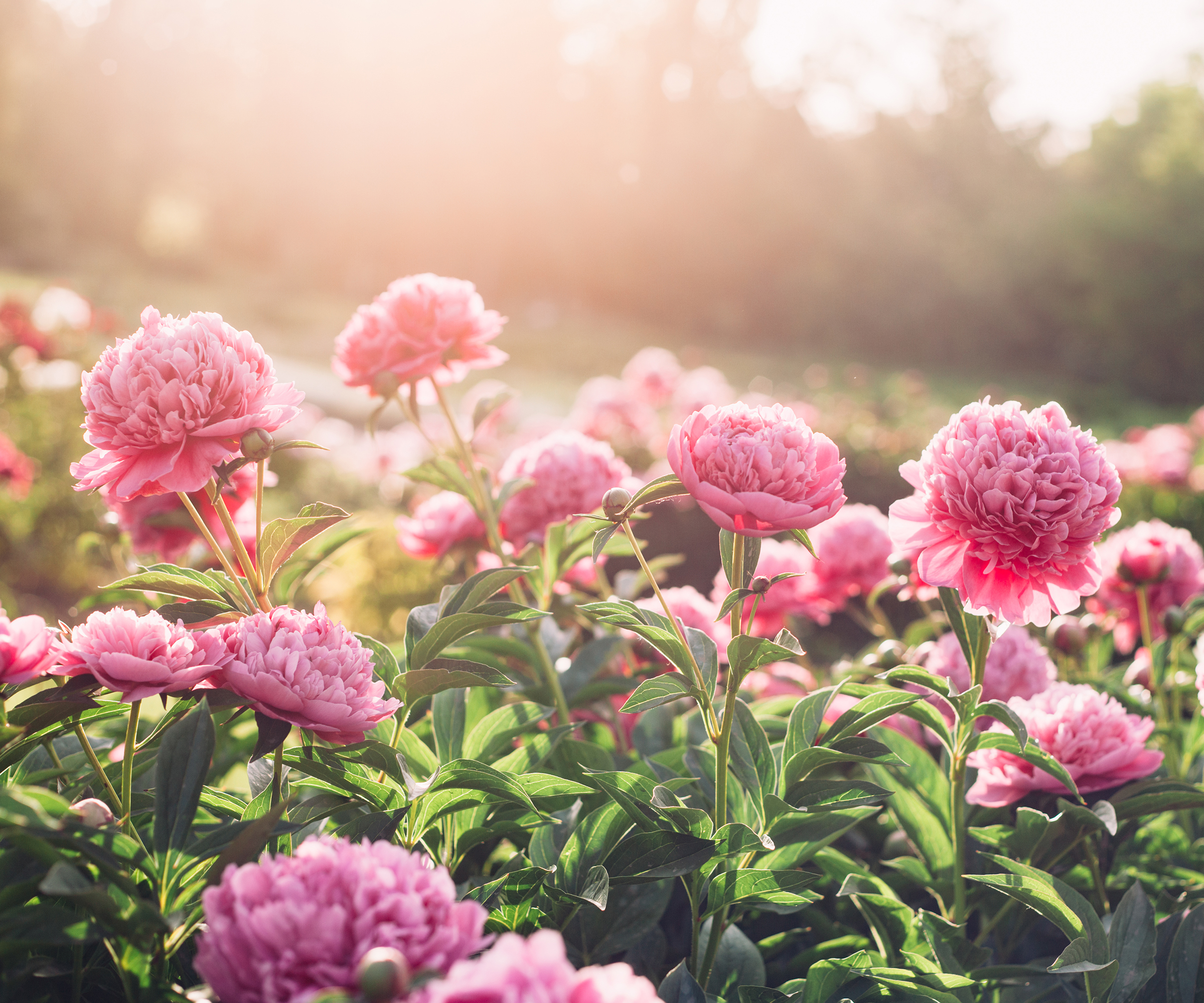
Peonies exude romance even more than roses and are brimming with wow factor. Common flower selections for home-grown wedding bouquets, peonies only bloom for a relatively short period in the spring. However, their flowering time can be quite prolific, yielding plenty for cut flower arrangements inside without denuding the tree or shrub outside.
Peonies come in shades of pink, white, red, yellow, and, rarely, purple. They can be grown in USDA zones 2 to 8 depending upon the variety.
Plants may be tree peonies, which grow to about 4 to 7 feet (1.2 to 2m) in height. Or they may be shorter itoh peonies, which are more compact and don’t usually require staking, or bushy herbaceous varieties; both with a smaller height of around 1 to 3 feet (30 to 90cm).
Peonies should be planted in full sun, with the exception of tree peonies, which appreciate light shade during the heat of the day. Plant bare-root peonies in the fall in well-draining soil amended with plenty of organic matter. Don’t plant them near competing plants or large trees.
3. Coreopsis
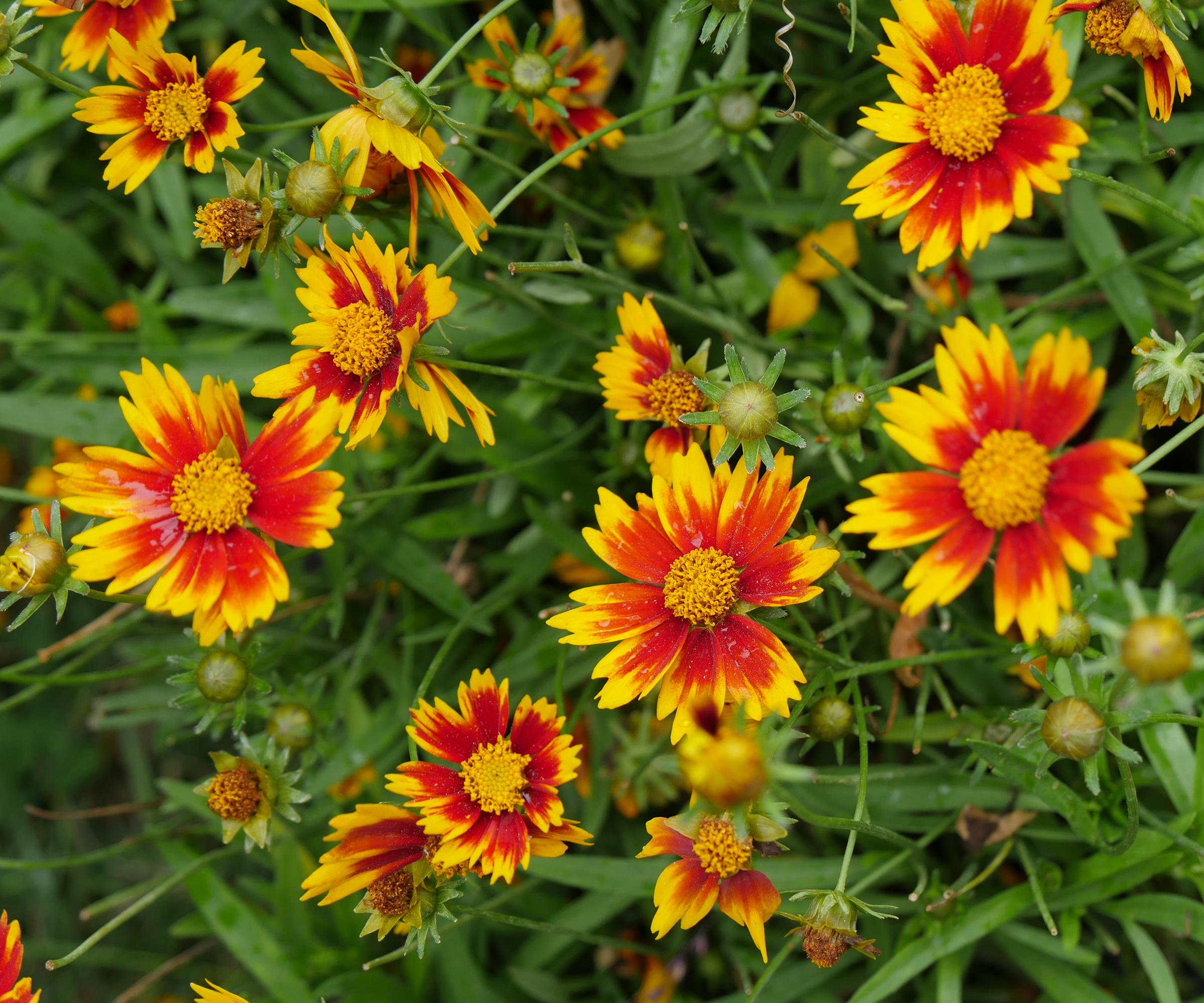
Also known as tickseed, coreopsis is native to North America and blooms generously from summer through fall. With over 80 varieties in sunny to fiery hues of yellows, oranges, and reds, there is sure to be one you’ll fall in love with.
The spicy ‘Crazy Cayenne’ has tomato-red flowers that bloom uninhibitedly throughout the growing season, while 'Li'l Bang Daybreak' blends red with yellow and is ideal for small gardens and containers.
Coreopsis is drought-tolerant, sun-loving, and low-maintenance. It is suitable for USDA zones 2-11.
Some varieties are only a few inches tall while other cultivars attain heights of 2 to 4 feet (60 to 120cm) and may need staking. All will appreciate a site with full sun in well-draining soil. While drought tolerant, Coreopsis will bloom more readily when its soil is kept consistently moist.
4. Lilies
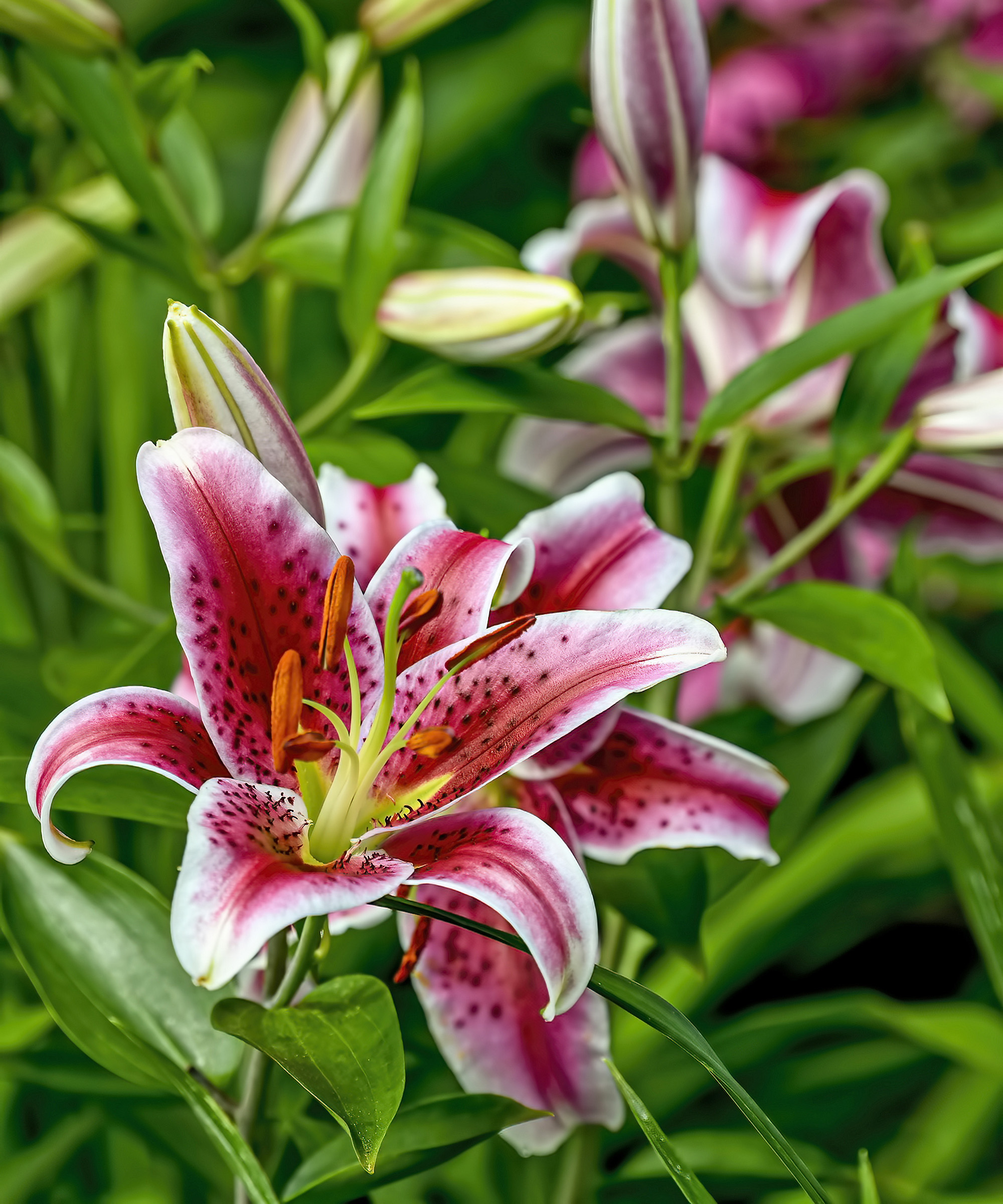
Lilies are commonly found in purchased cut flower bouquets. Immediately identifiable due to their sweet scent, the large blooms of lilies make excellent, statement-making cut flowers, and come in many colors.
Lilies aren't strictly cut-and-come-again, as once they have bloomed they don’t flower again in this season. However, you can achieve the same effect by planting different varieties. For instance, orienpet hybrids bloom from mid to late summer, and Asiatic lilies in early to mid summer. By planting in this way, you can have a steady supply of lilies for the entire summer.
Lilies should be planted in well-draining soil in full sun in USDA zones 3 to 9. Plant sizes range in height from 1 to 6 feet (30 to 180cm) or even taller depending upon the variety.
The only downside to lilies? Lilies are poisonous to pets so keep animals far away from the plant.
5. Salvia
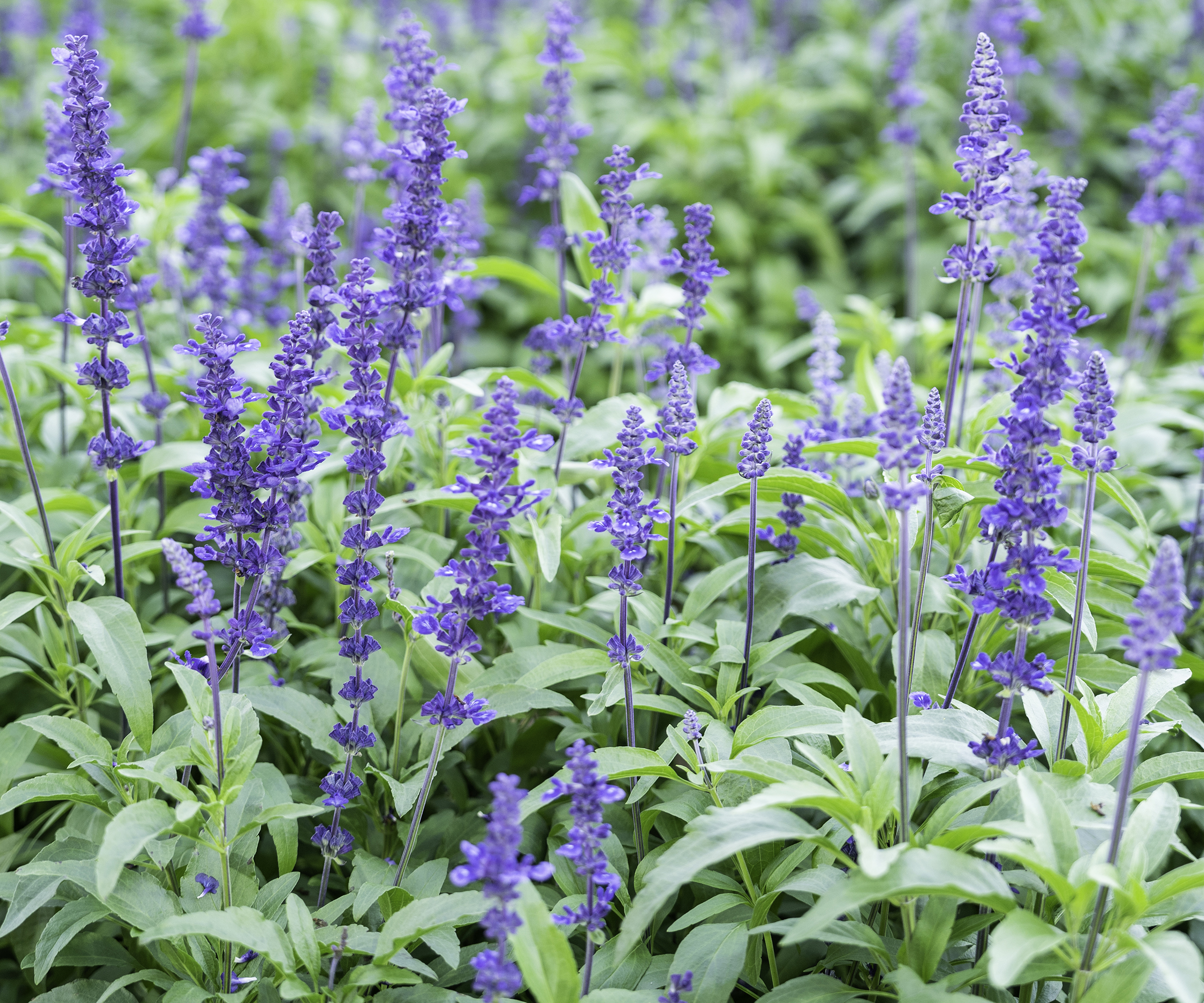
While salvia comes in a variety of colors, the deep blue (some would say purple) cultivar looks particularly striking as a cut flower.
Salvia can be grown in USDA zones 3 to 10. This reliable perennial attracts beneficial pollinators, is drought tolerant, and deer resistant.
Blooming from early summer to early fall, salvia, a member of the mint family, should be planted in an area of full sun in well-draining soil in the spring.
Most salvia varieties will bloom once or twice if left unattended. To encourage a second or even third bloom, deadhead or cut back the spent flowers. Salvia also works well in containers provided they have some depth to accommodate root growth.
6. Blanket Flower
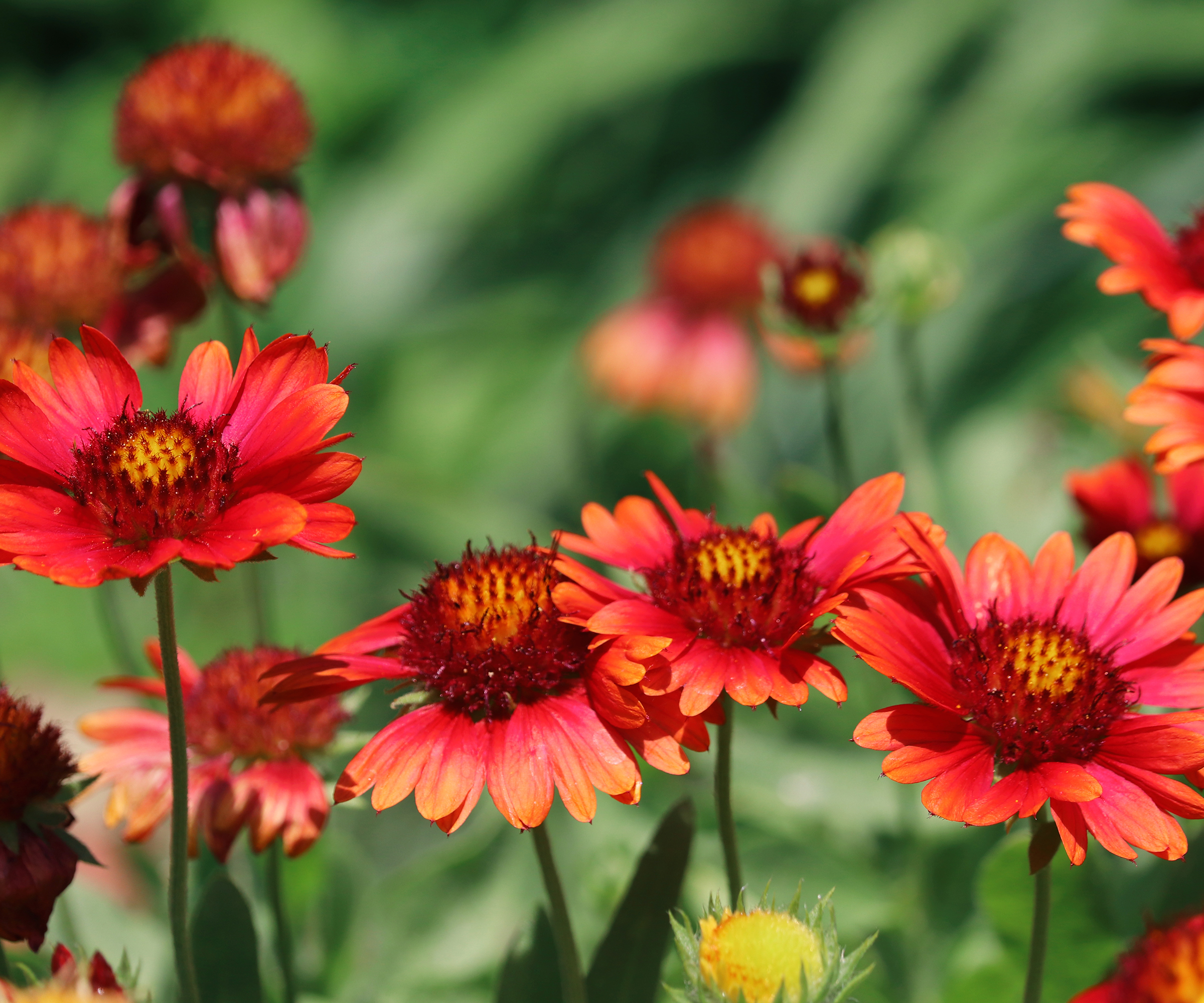
Blanket flowers (Gaillardia) are exactly what they sound like – a blanket of cheerful, brilliantly colored flowers. There are many varieties of blanket flowers, but most of those available at nurseries are low-growing, fast-spreading cultivars of about 24 inches (61cm) tall with a similar spread.
Reliable little bloomers, blanket flowers can be grown in USDA zones 3-10 and bloom profusely from summer into fall. Drought-tolerant and both deer and rabbit-resistant, blanket flower is a low-maintenance plant that prefers poor soil. There is no need to amend the soil unless it is heavy clay.
While blanket flowers are lengthy bloomers, the plants are spent after about three years. To avoid this, divide plants at the two-year mark. Flowers are also prolific self-sowers, so to avoid them popping up everywhere, deadhead blanket flowers once the blooms are spent.
7. Phlox
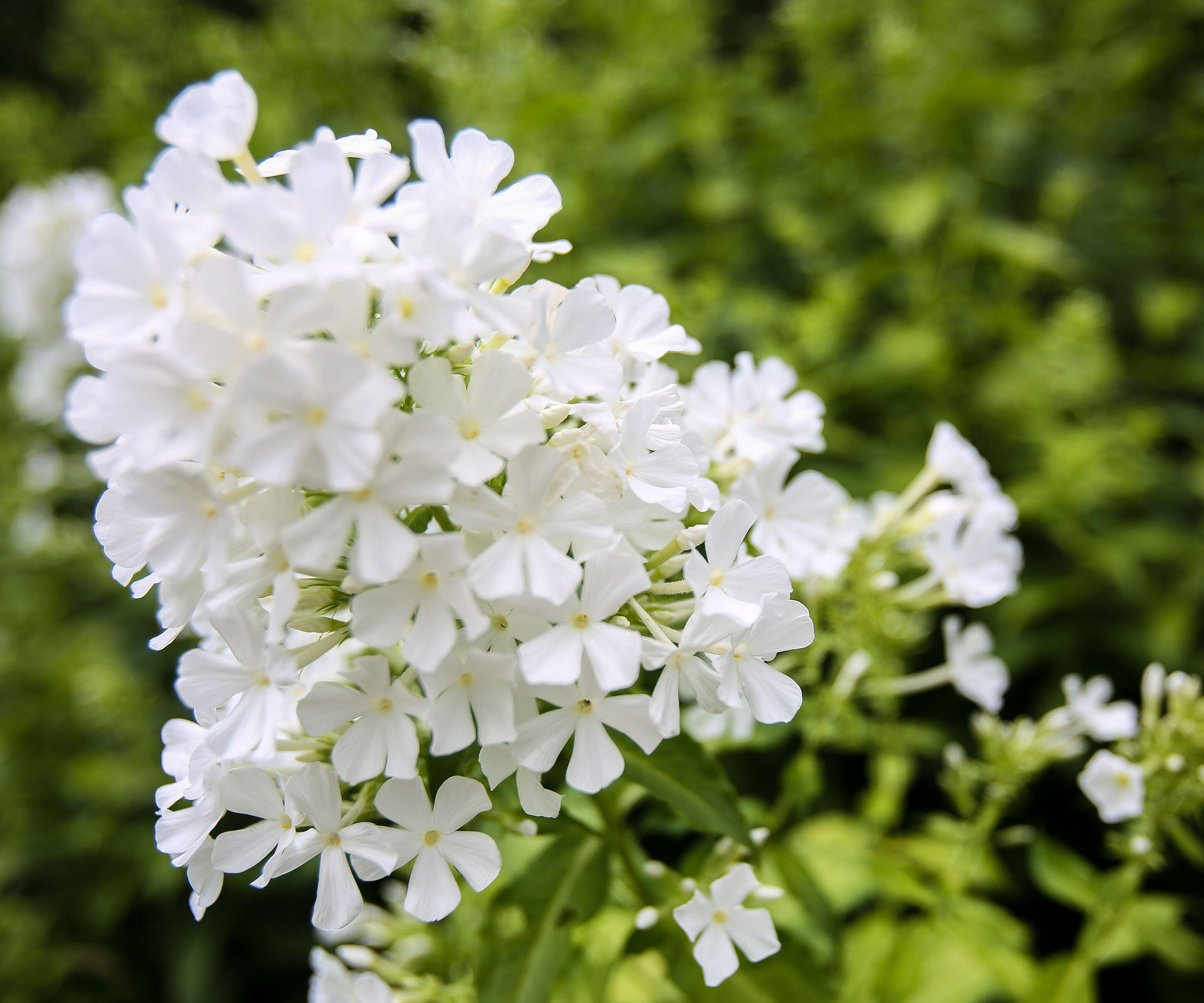
On a warm day, you’ll know phlox is around even before you see it. Its delectable aroma – reminiscent of carnations and vanilla – permeates the garden.
There’s a phlox for almost every area of the garden from creeping phlox to taller summer or garden phlox (Phlox paniculata). The latter, coming in at 2 to 4 feet (60 to 120cm) in height, are preferable for cutting gardens and, unlike other varieties, require full sun.
Phlox prefers well-draining yet consistently moist soil that is nutrient-rich. Plant in the spring in full to partial sun. Keep soil consistently damp, but not sodden.
Some varieties, like ‘David’, are mildew resistant. ‘David’ bears large panicles of white star-shaped flowers but there are other cultivars available in shades of pink, purple, red, blue, and even bi-colored blooms.
Cut back the spent blooms for a second round of blossoming that is likely to last from early summer until fall.

Amy Grant has been gardening for 30 years and writing for 15. A professional chef and caterer, Amy's area of expertise is culinary gardening.
-
 Looking For Plants To Give You The Soft And Fuzzies? Try These 5 Fuzzy Leaf Plant Options
Looking For Plants To Give You The Soft And Fuzzies? Try These 5 Fuzzy Leaf Plant OptionsLovers of texture, drama, silver foliage and tactile plants will adore these special sensory garden additions. These fuzzy leaf plant options will leave you all aglow
By Susan Albert
-
 Get Ready For A Summer Of Hummers! Grow These Full Sun Hummingbird Plants and Flowers
Get Ready For A Summer Of Hummers! Grow These Full Sun Hummingbird Plants and FlowersIf you’re lucky enough to enjoy a sunny backyard, make sure you are maxing out on your pollinator opportunities and grow these full sun hummingbird plants and flowers
By Tonya Barnett
-
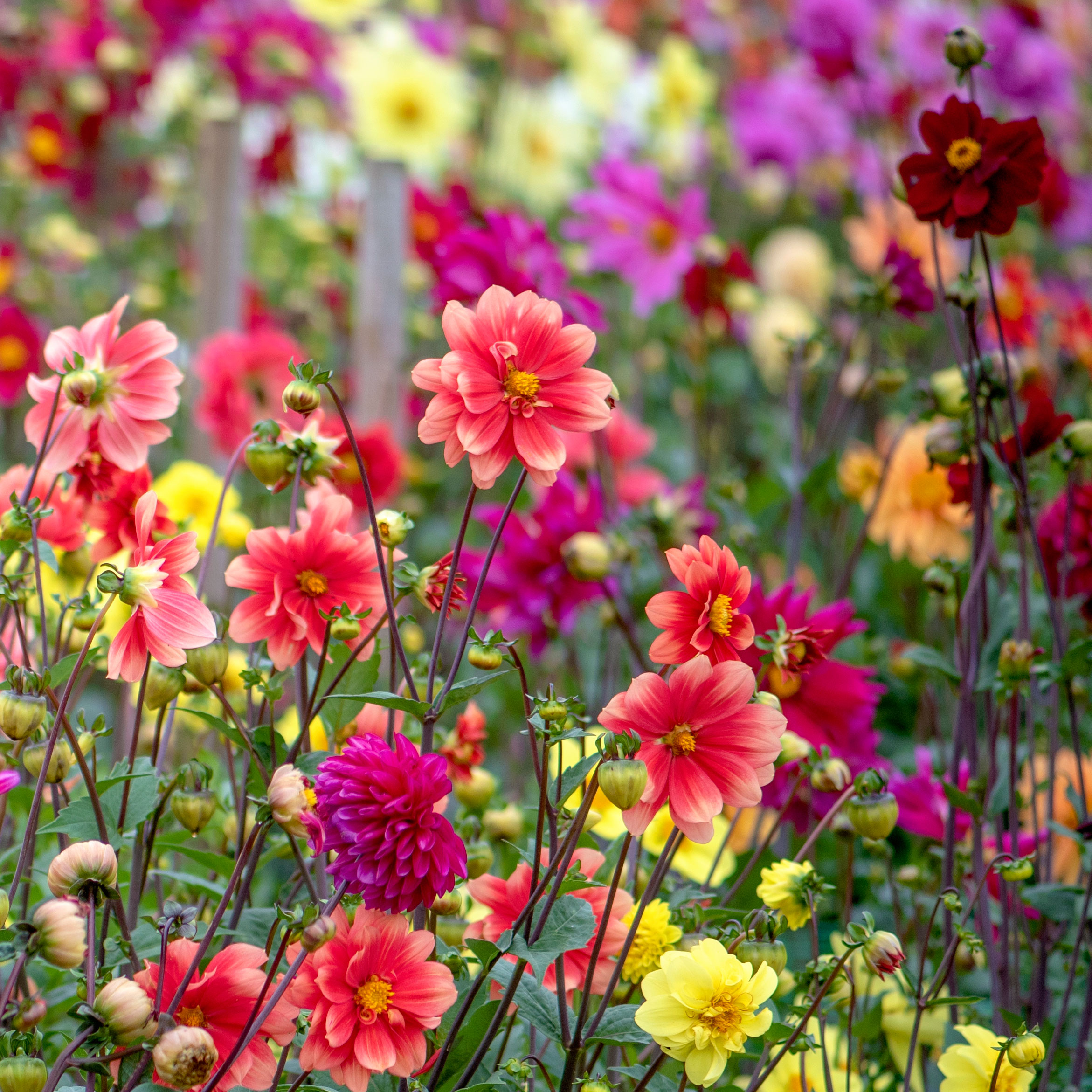 Cut Flower Garden For Beginners: 8 Easy Decorative Floral Plants For Newbies To Grow
Cut Flower Garden For Beginners: 8 Easy Decorative Floral Plants For Newbies To GrowAre you new to growing decorative florals for bouquets and ornamental displays? A cut flower garden for beginners is well within reach if you grow these flower seeds
By Tonya Barnett
-
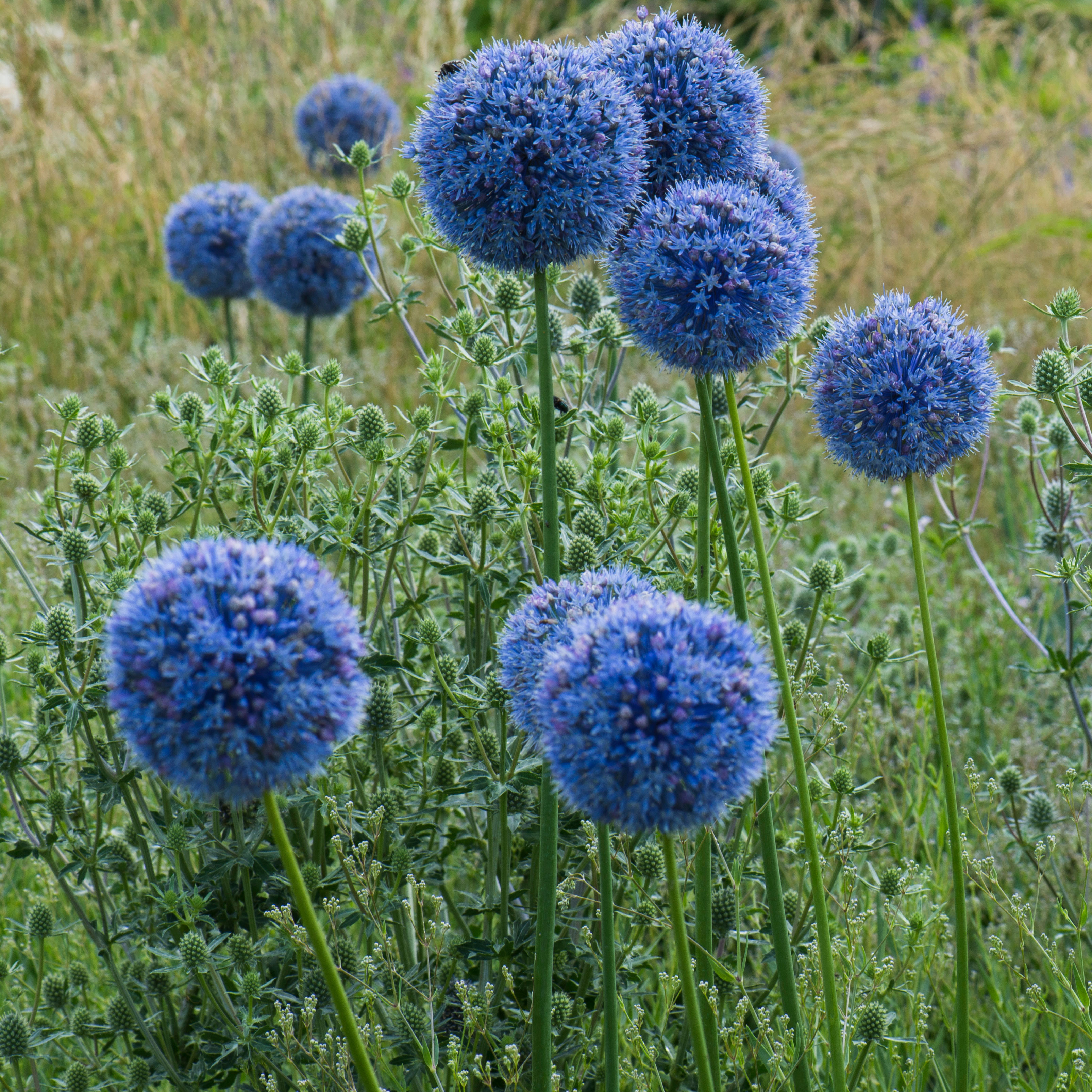 Want Blue Ornamental Onions That Look Unreal? Try These True Blue Allium Plants
Want Blue Ornamental Onions That Look Unreal? Try These True Blue Allium PlantsOrnamental alliums create majestic displays in gorgeous hues from violet to bright white – but if you fancy something otherworldly, try one of these blue allium plants
By Tonya Barnett
-
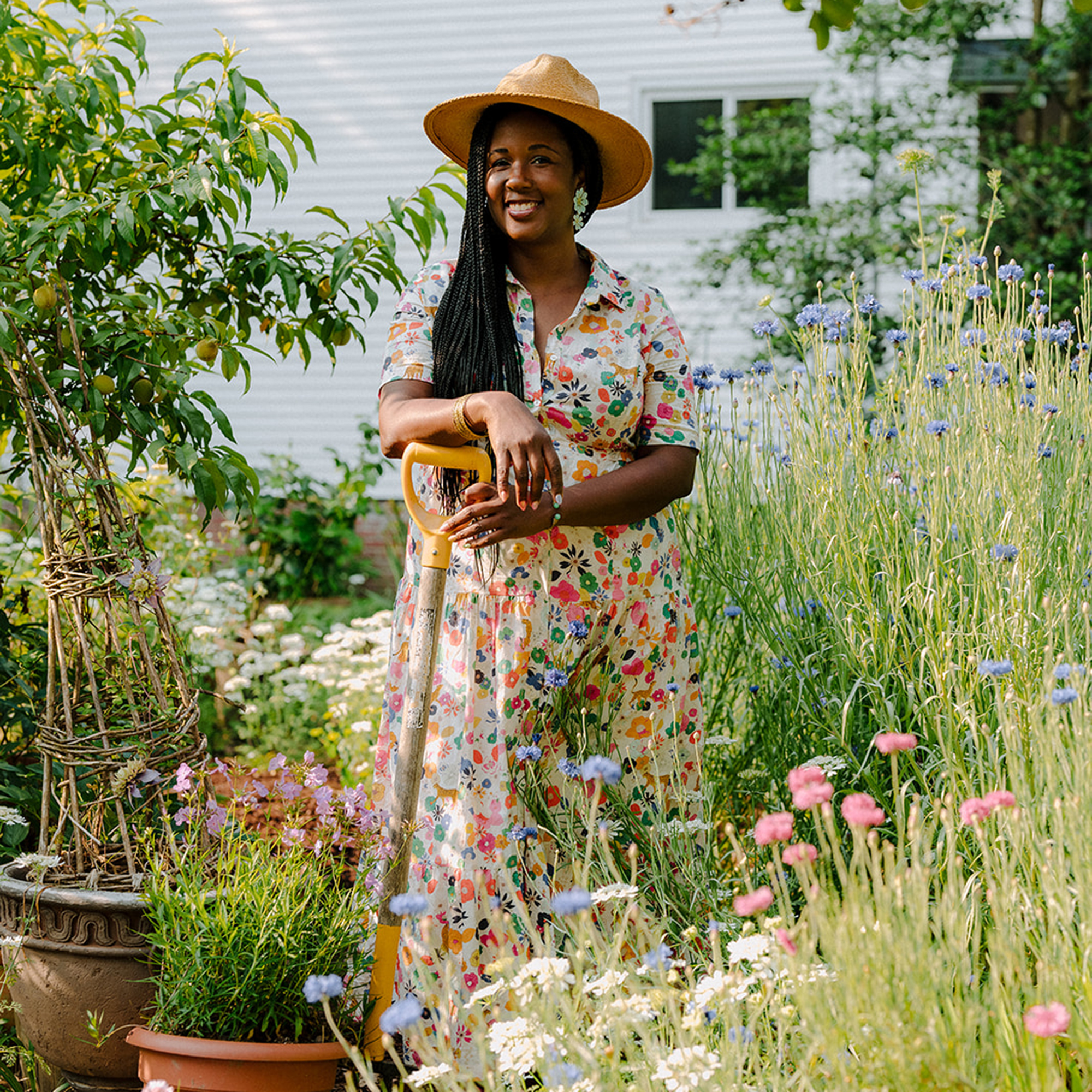 "I Turned My Floral Hobby Into A Thriving Business" – A Grower Shares Secrets For Success
"I Turned My Floral Hobby Into A Thriving Business" – A Grower Shares Secrets For SuccessMeet Dee Hall Goodwin, a professional cut flower farmer and dahlia fanatic, who turned her passion for growing and arranging flowers into a successful business. She wants everyone to share the floral joy.
By Karen Darlow
-
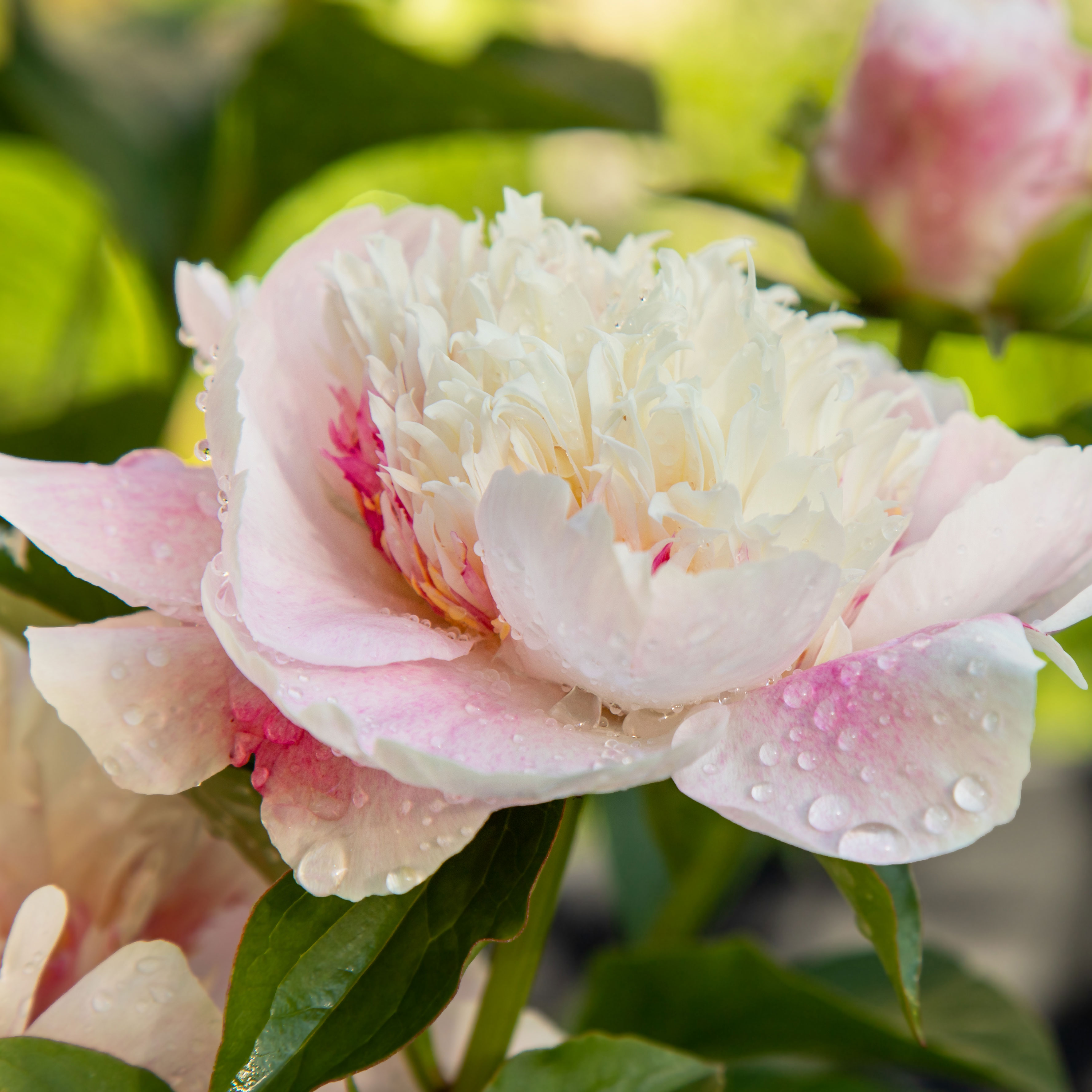 Peony Flower Meaning: Decoding The Symbolism Behind These Stunners
Peony Flower Meaning: Decoding The Symbolism Behind These StunnersThe exquisite charms of peonies have symbolized many things in history, woven into different cultures. We consider how peony flower meaning has adapted and grown
By Bonnie L. Grant
-
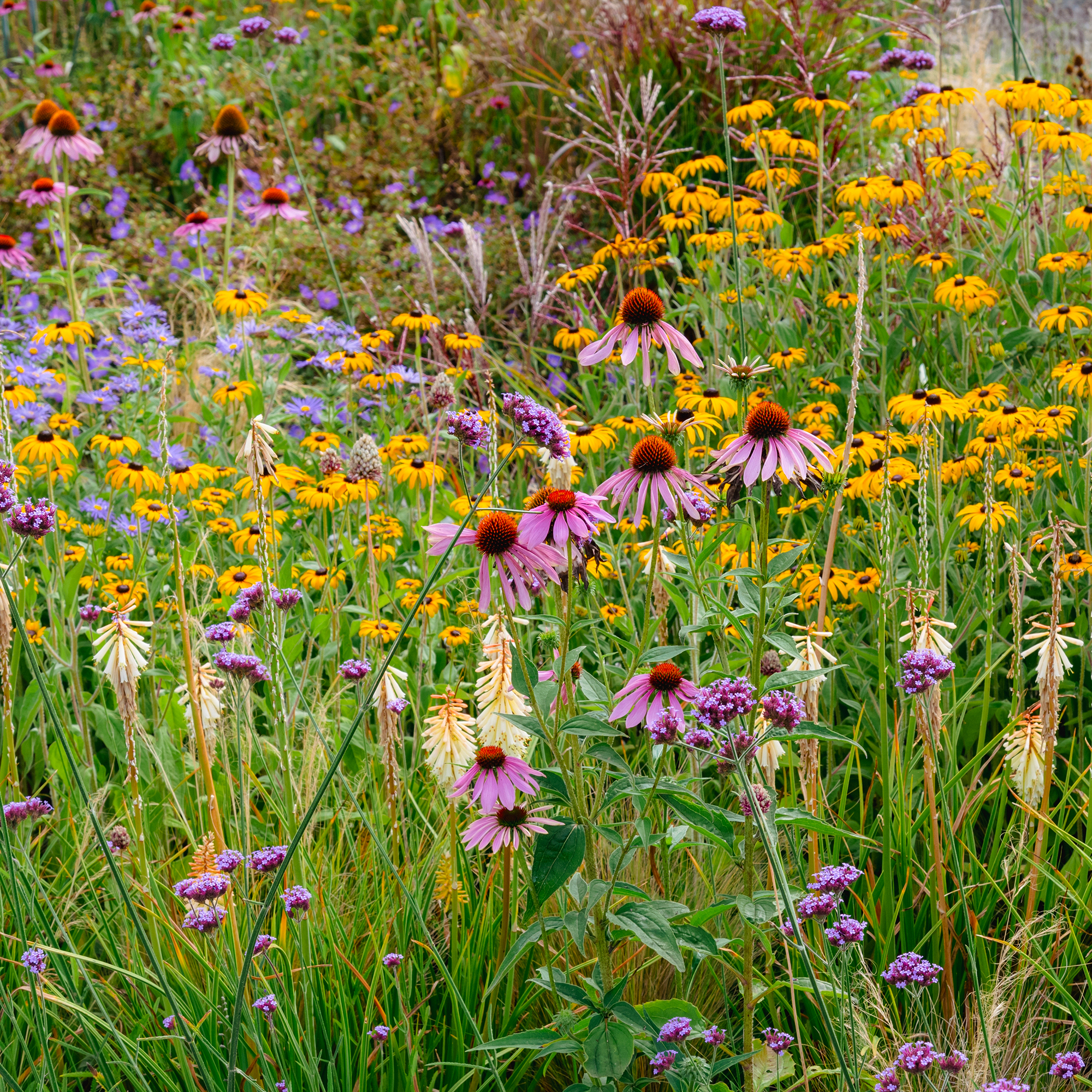 Grow Your Own Native Cut Flowers: 5 Planting Recipes for Beds & Pots
Grow Your Own Native Cut Flowers: 5 Planting Recipes for Beds & PotsEnjoy flower arrangements with blooms harvested from your own garden. These native planting combinations look beautiful and support wildlife.
By Ellen Wells
-
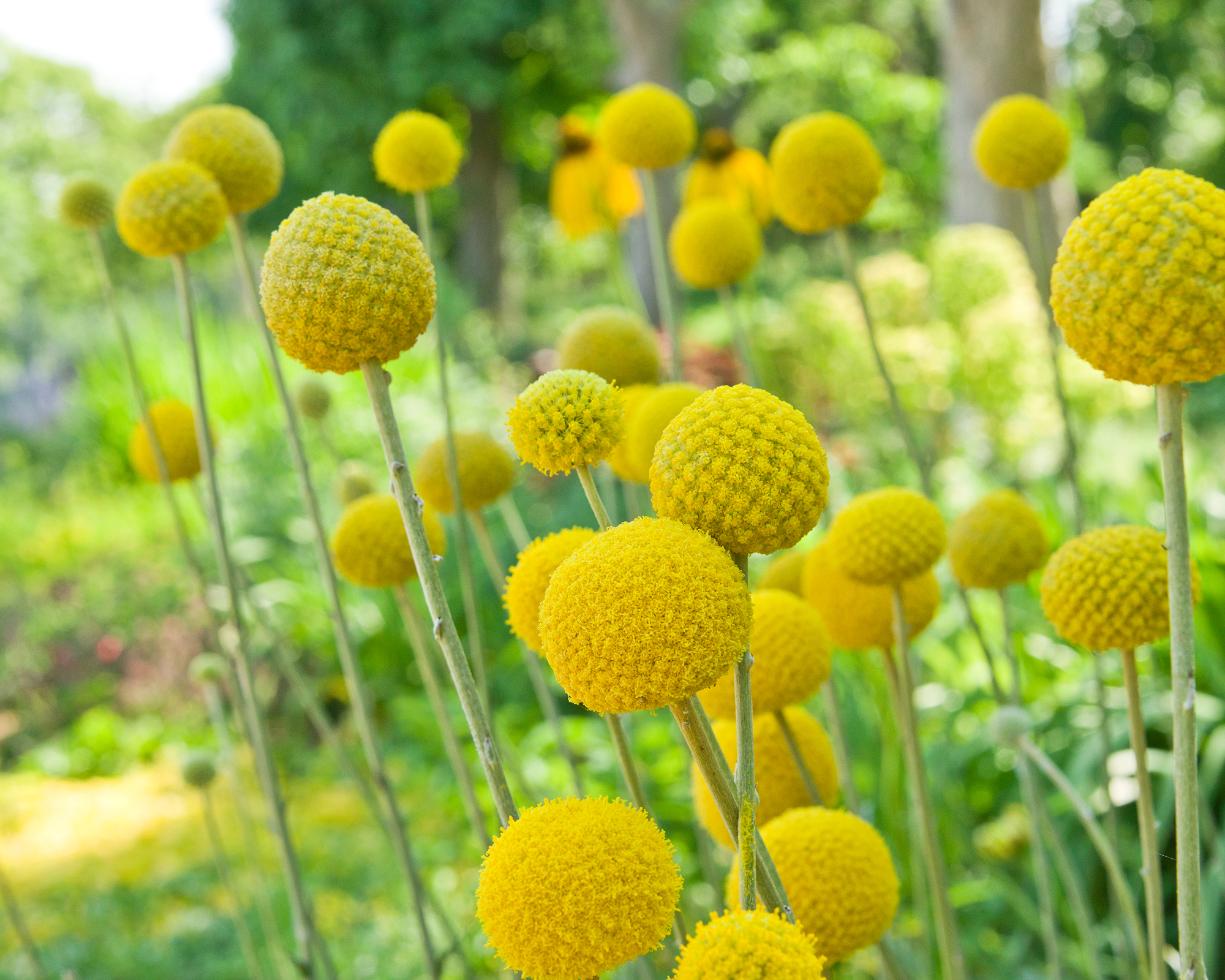 8 Unusual Flowers To Grow In Your Cutting Garden
8 Unusual Flowers To Grow In Your Cutting GardenAre you bored of traditional roses and peonies in your flower arrangements? Look beyond the obvious and plant these showstopping blooms in your cutting garden.
By Amy Grant
-
 8 Long-Lasting Cut Flowers You Can Grow In The Garden
8 Long-Lasting Cut Flowers You Can Grow In The GardenWhat could be more rewarding than growing a cutting garden filled with beautiful flowers? To get maximum enjoyment from your blooms, however, it's important to choose varieties with a long vase life. We reveal the loveliest varieties that will endure in cut flower arrangements for up to two weeks.
By Amy Grant
-
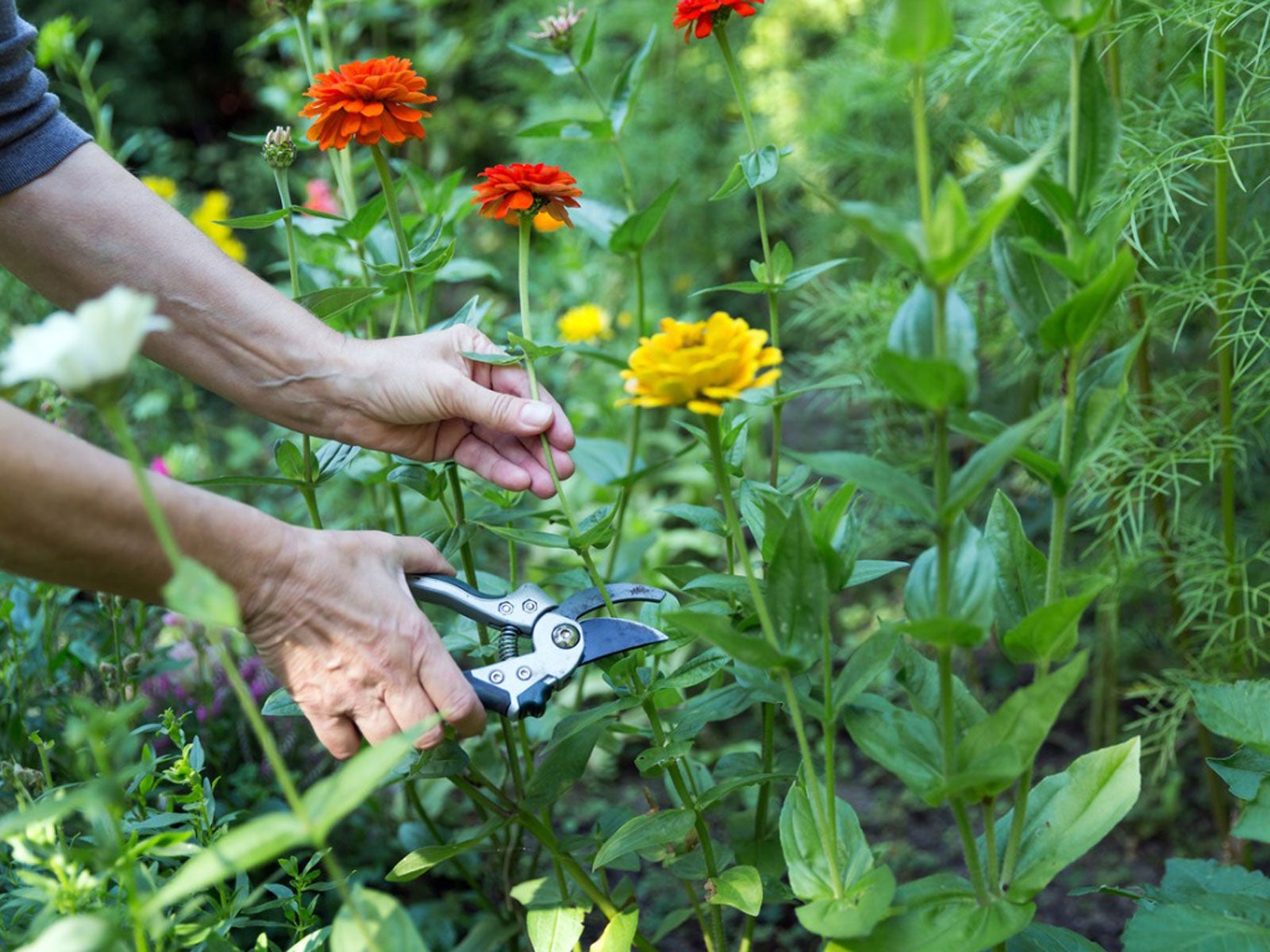 Harvesting Cut Flowers – How And When To Pick Cut Flowers
Harvesting Cut Flowers – How And When To Pick Cut FlowersSuccess in arranging your own cut flowers requires knowledge and consideration for the harvesting process. Get tips for cut flower harvesting here.
By Tonya Barnett